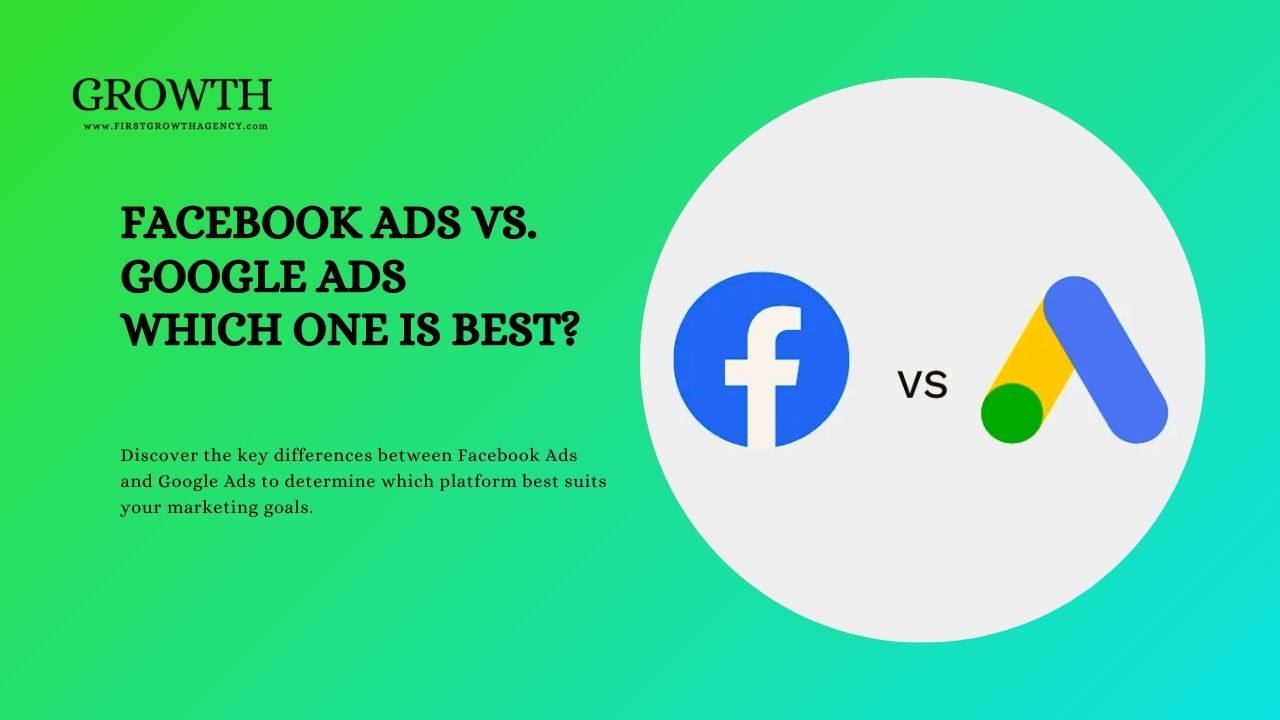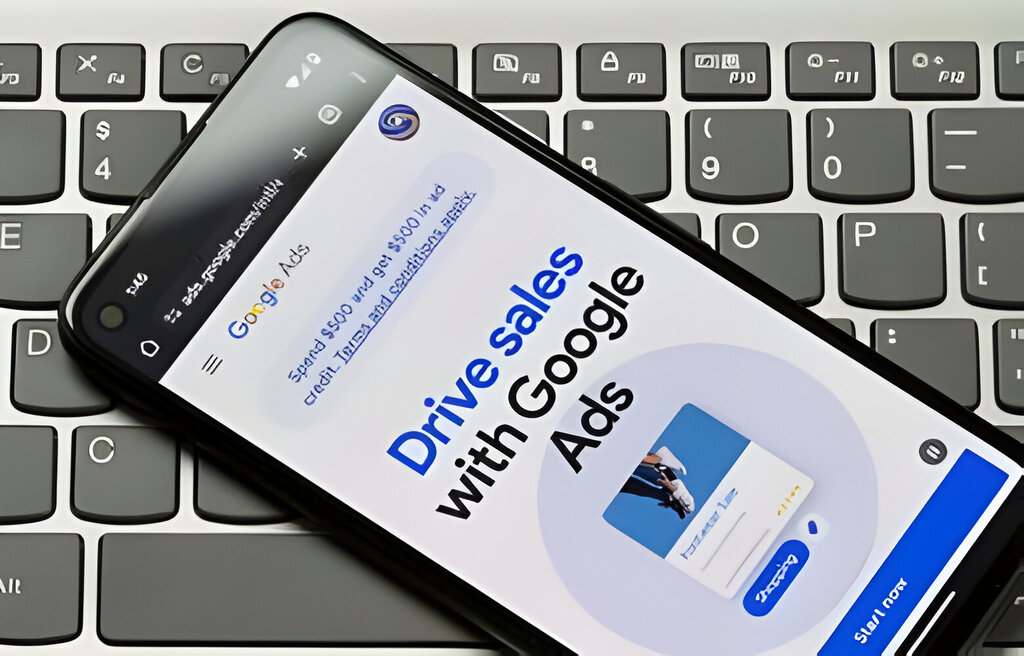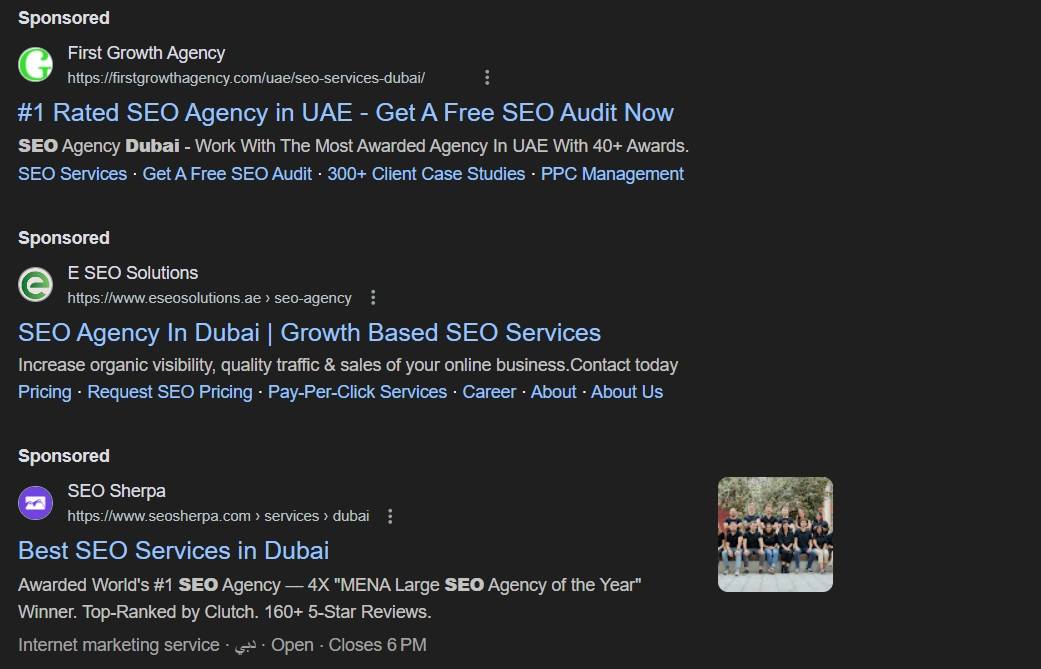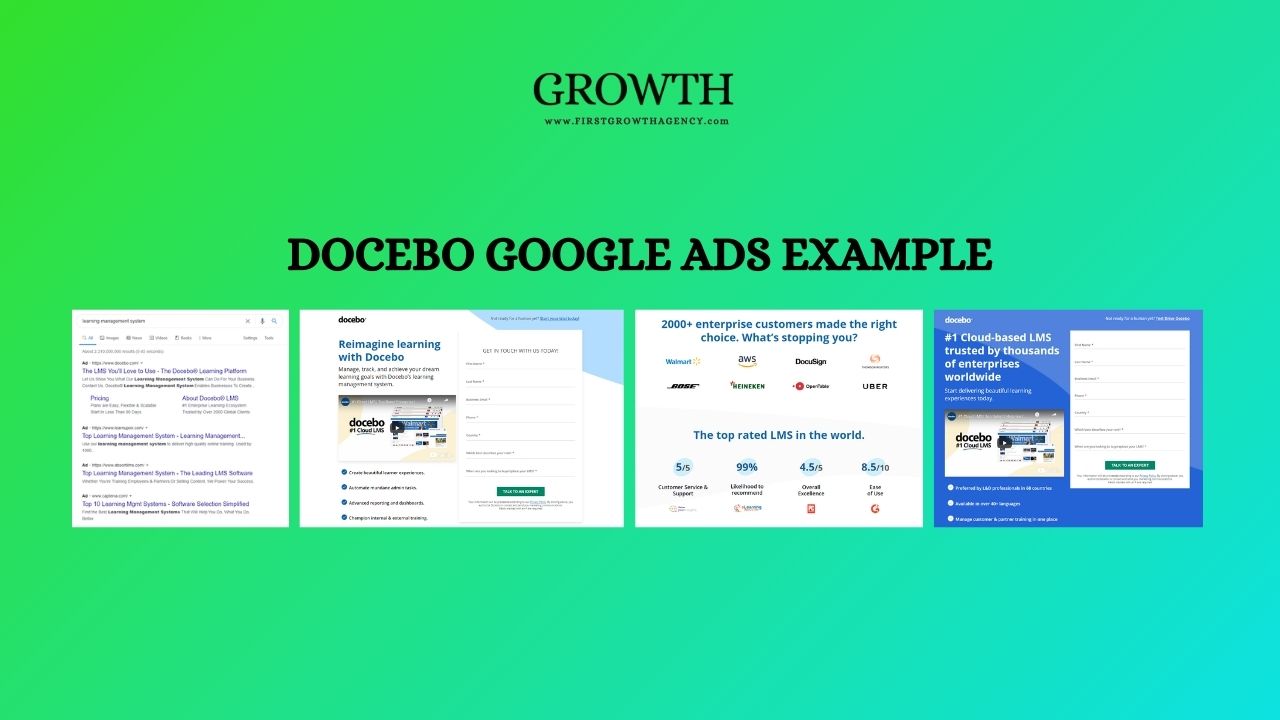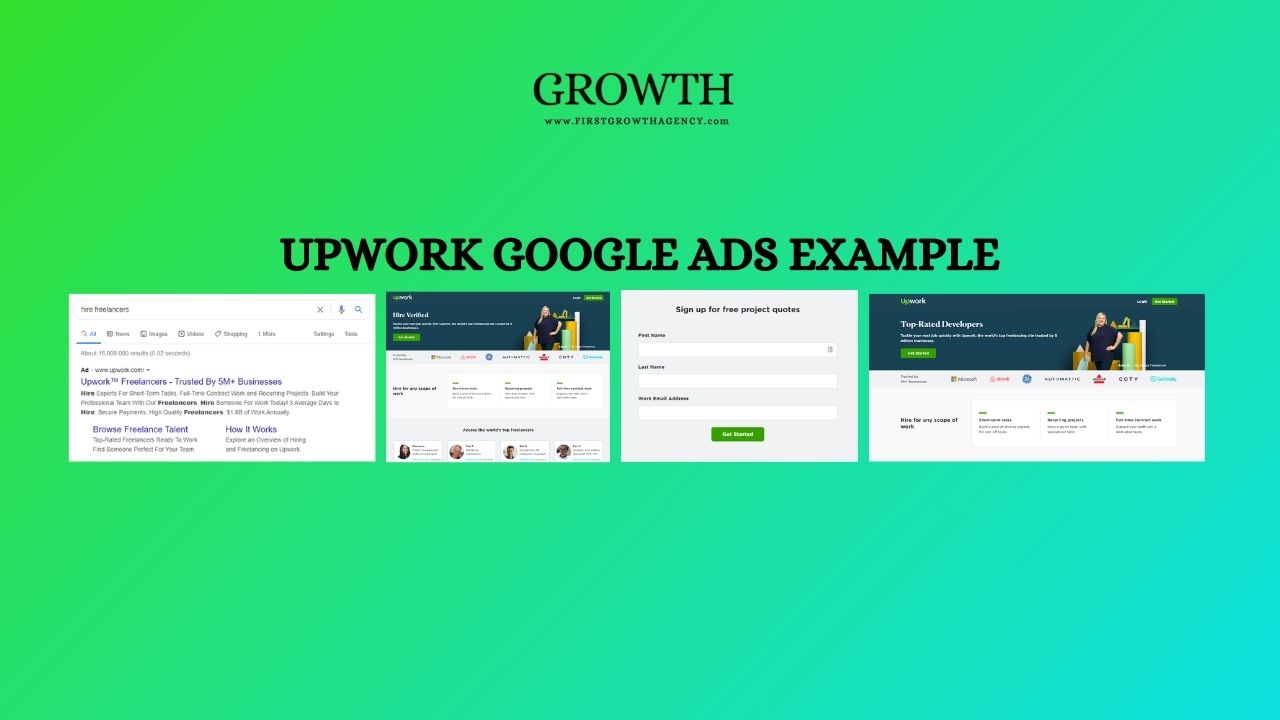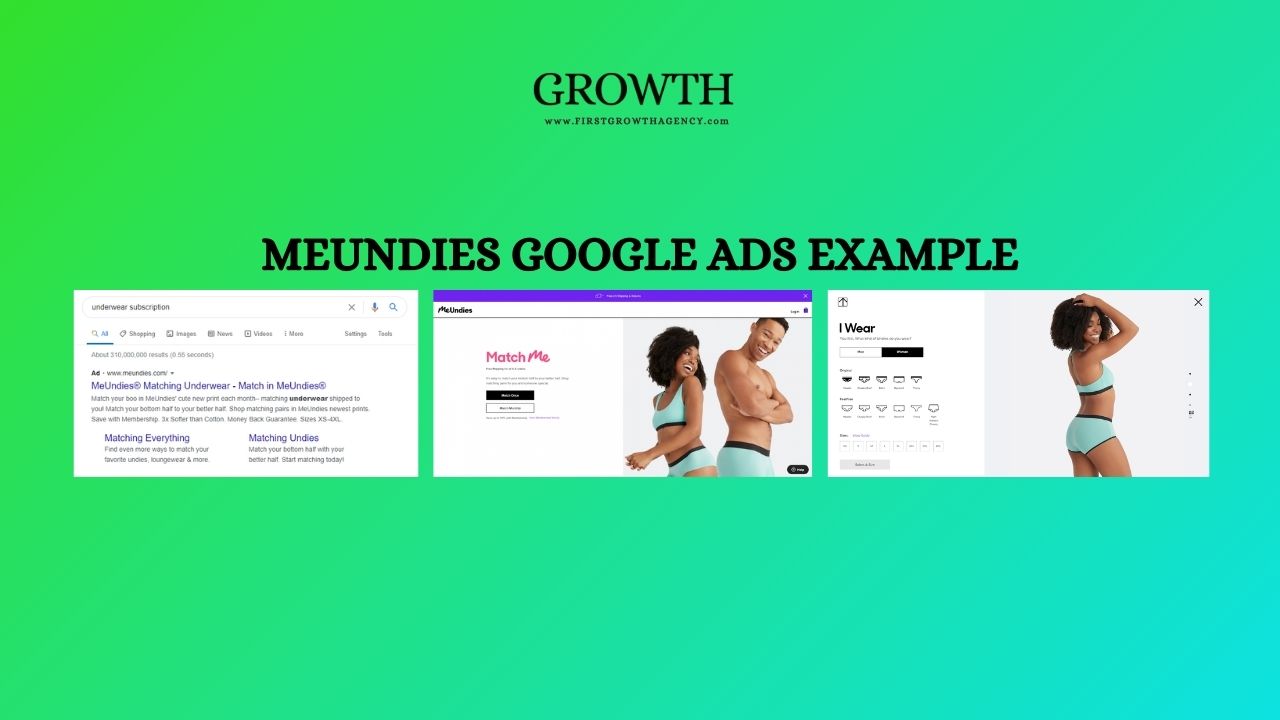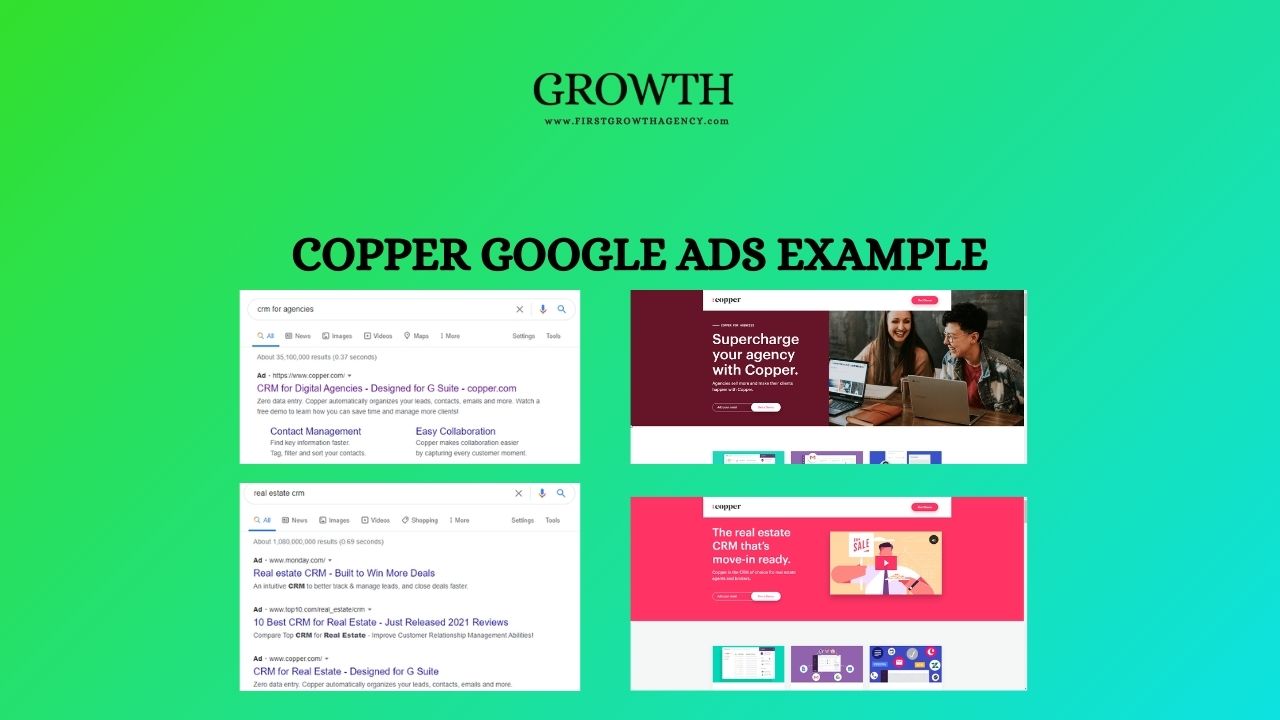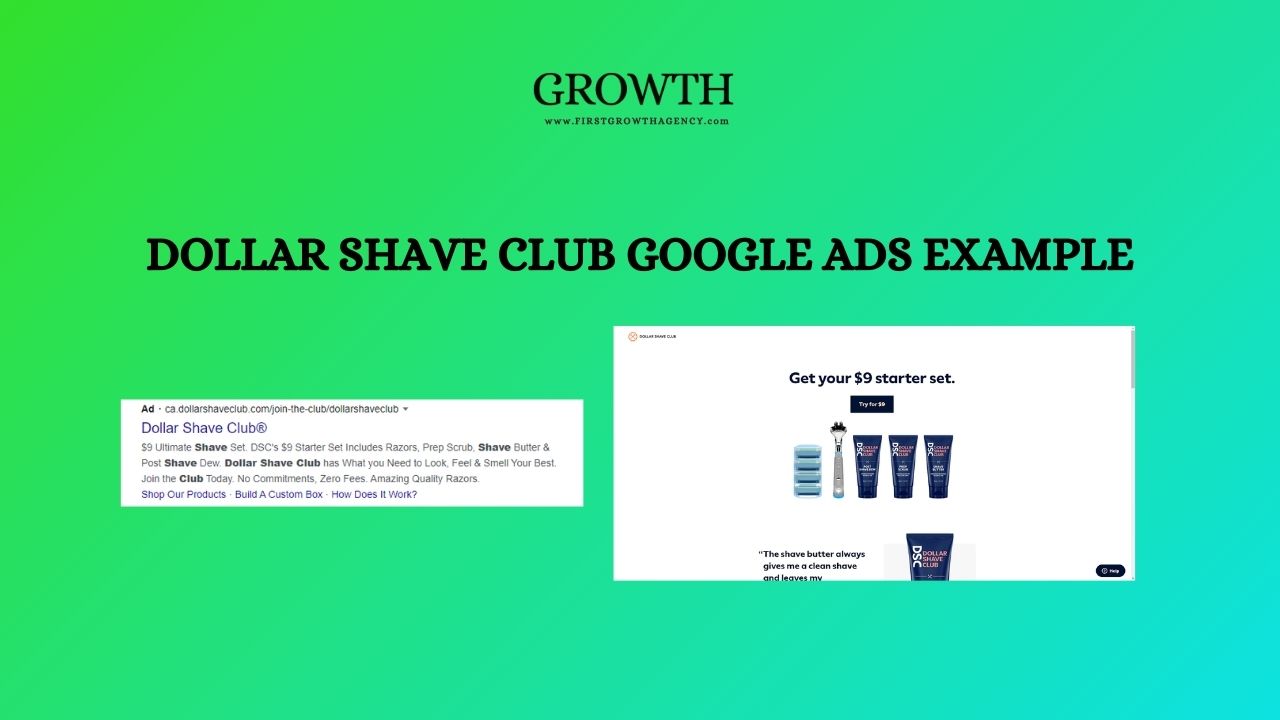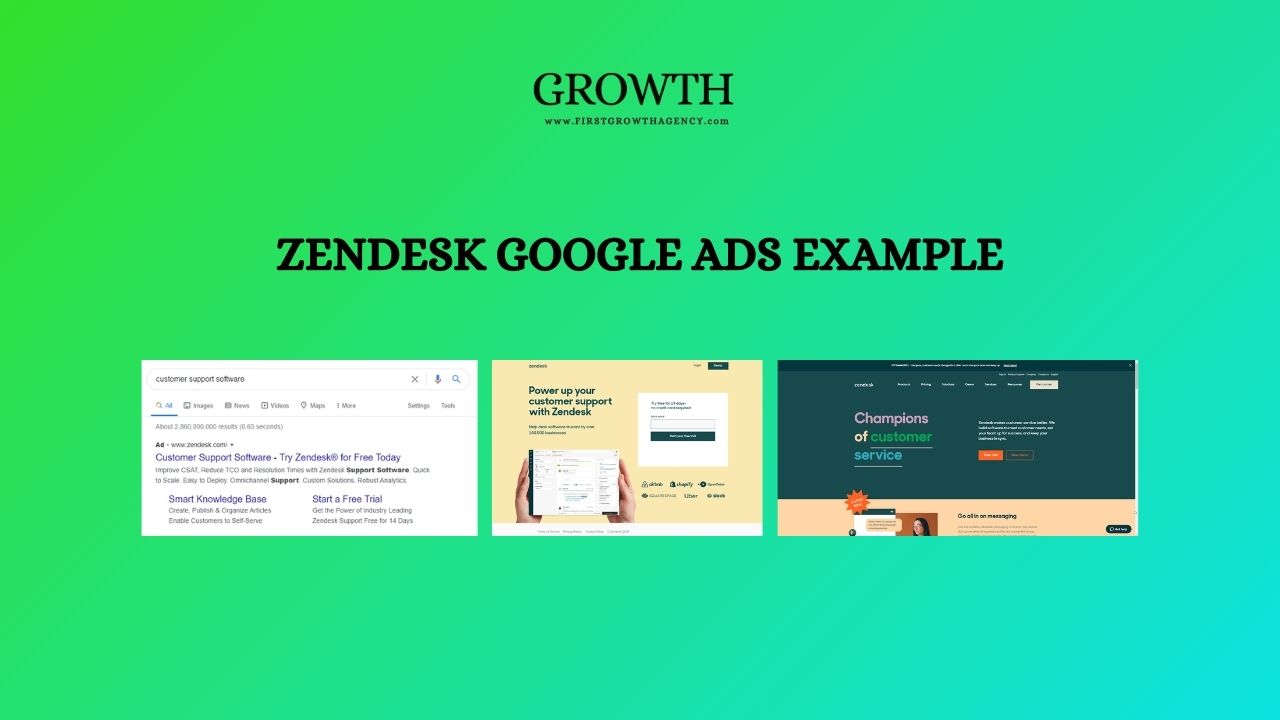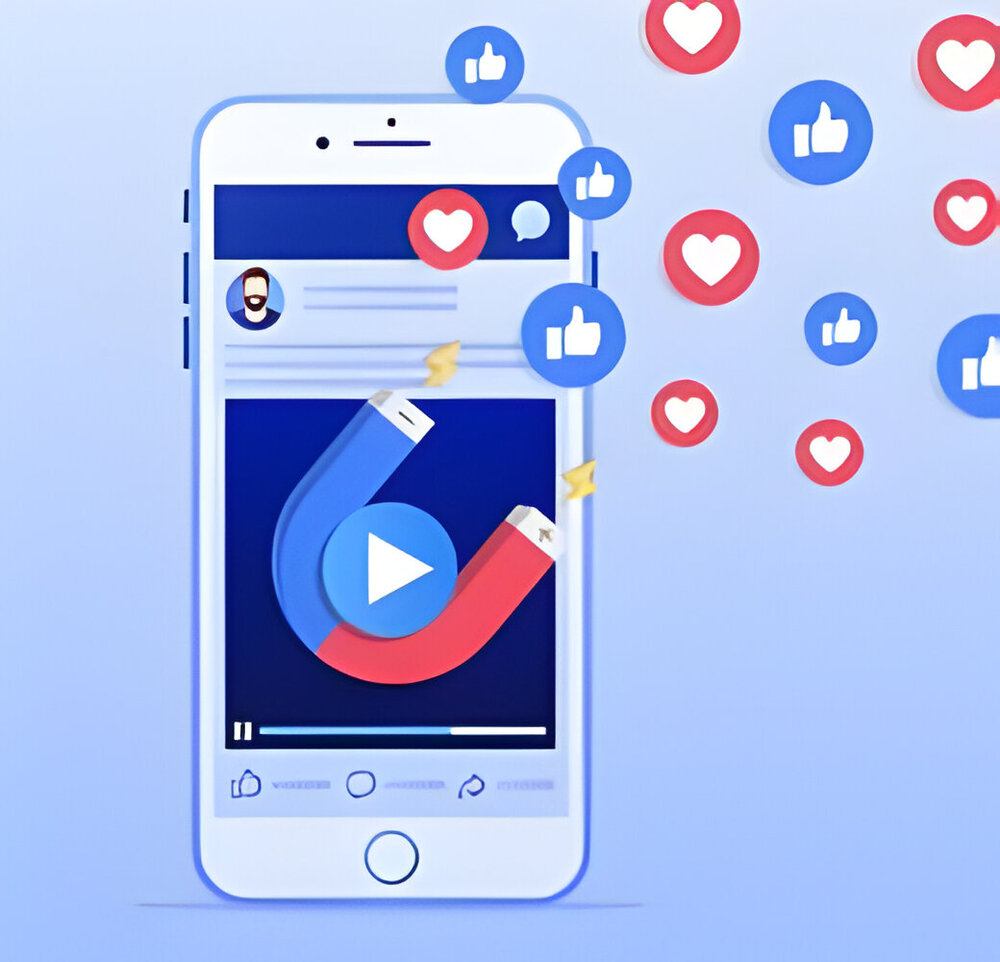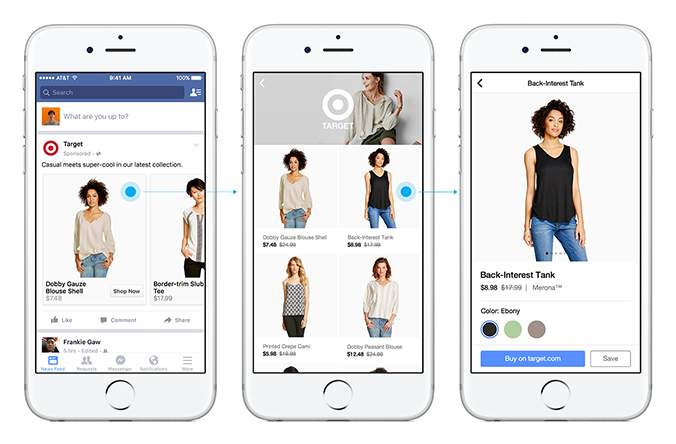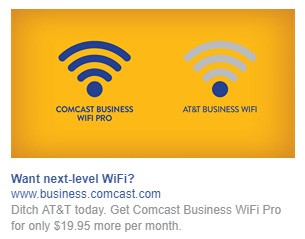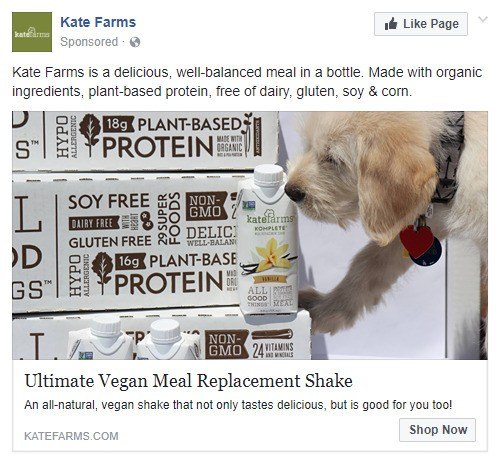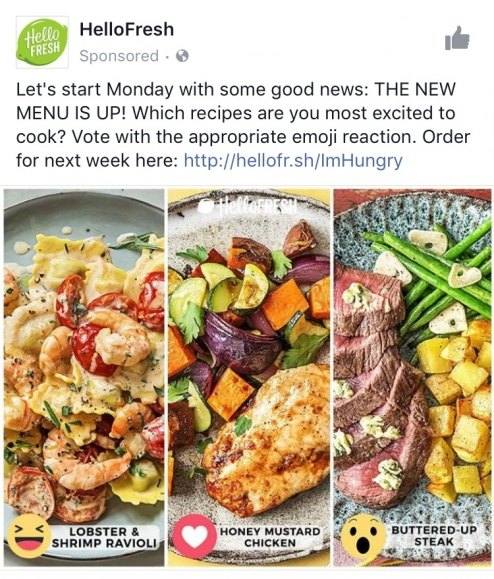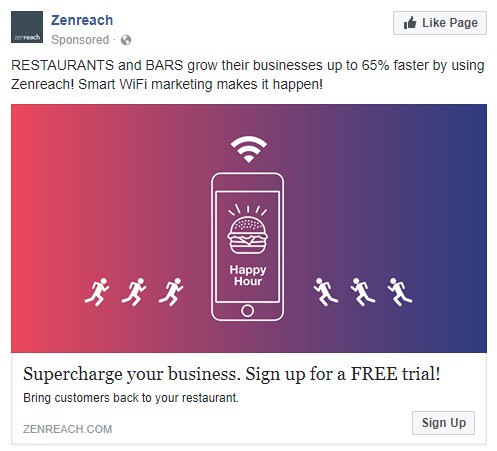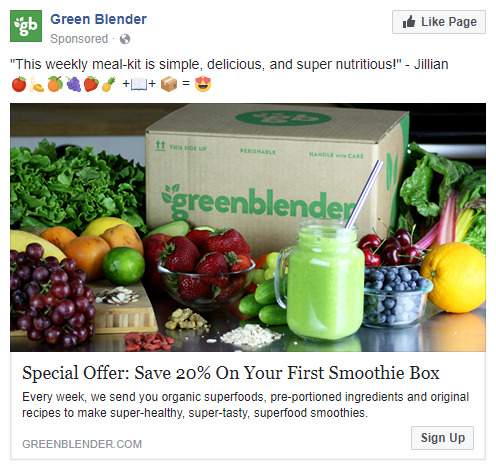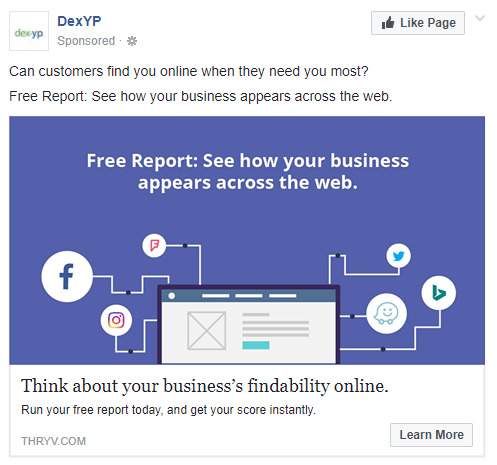Many advertisers think of Google Ads and Facebook Ads as rivals. They think that the two best ad platforms are in competition, and businesses have to choose between them. At the same time there are marketers who use both Google and Facebook Ads together to get more visibility, leads, and sales. They use different strategies for each platform and see great results. Even though Google and Facebook are considered competitors, in reality, they work along to help businesses. According to US digital ad spending platform figures, Google Ads usage is about 37.2% where Facebook/Meta Ads usage is about 19.6% .
You may check: The Role Of Social Media Marketing in Customers Purchase Decisions In Saudi Arabia
This article will discuss Google and Facebook ads in detail and tell you which is the best ads platform.
Difference Between Facebook Ads vs. Google Ads
This simplified table shows the main differences between facebook ads vs. google ads in an easy-to-understand format.
Aspect |
Google Ads |
Facebook Ads |
|
Types of Ads |
Paid Search |
Paid Social |
|
Where Ads Appear |
Google search results |
Facebook, Instagram, Messenger |
|
Main Goal |
Find new customers |
Help customers find you |
|
Ad Format |
Mostly text ads |
Image, video, and carousel ads |
|
How Targeting Works |
Based on search keywords |
Based on interests and behavior |
|
Payment Method |
Pay-per-click (PPC) |
Pay-per-click (PPC) or per view (CPM) |
|
Who Sees the Ads |
People searching on Google |
People browsing social media |
|
User Intent |
High intent (looking for something specific) |
Lower intent (browsing for interests) |
|
Best For |
Reaching people ready to buy |
Engaging with people based on their interests |
|
Ad Placement |
Search results, Google partner sites |
Facebook News Feed, Stories, Instagram |
|
Strengths |
Reaches people actively searching |
Highly visual, strong audience targeting |
Why Use Google Ads?
Below are the reasons you should use Google paid Ads to market your business.
-
Google Ads reach a lot of people
Every day, more than 3.5 billion searches are made on Google. This gives advertisers access to a huge audience. Every second, Google deals with over 40,000 search queries, adding up to more than 1.2 trillion web searches every year. With all these searches, there are more chances for advertisers to find new customers.
-
Google has Two useful Advertising Networks
1) We use the option Advertising with keywords so that the search network covers all of Google as a search engine. Advertisers can bid on millions of keywords and phrases to reach potential customers. 2) Display network option includes visual ads like banners and covers around 98% of the World Wide Web. It’s a good option for advertisers looking to achieve marketing goals that aren’t necessarily focused on immediate sales, such as creating brand awareness through banner ads on a large scale.
-
Budget isn’t a Success Measure
Many new to PPC think that having the biggest advertising budget makes you automatically successful on Google ads. But Google Ads marketing actually prioritizes ad quality and relevance over how much you spend. But when an ad is relevant to a user, it provides a better experience. Google Ads places a high value on relevance and quality. Relevant, well-optimized, high-quality ads typically don’t have to bid as highly as advertisers with poorer quality ads. But it’s obvious that keywords with high density and search volume cost more to use in ads.
-
Lots of Features
Today AdWords has features like links, user reviews, and location targeting to your ads. Google even has special ad formats for different types of businesses, like car makers and hotels, that have pictures and maps. So you always have an ad format or feature that will make your goods or services more appealing to your target market. Google keeps adding new ad formats and features, giving advertisers more power to reach new audiences and grow their business.
How does Google Ads Look?
A Google ad typically appears as a short text or image-based promotion that shows up on Google’s search results page or other Google platforms like YouTube or partner websites. These ads are designed to attract clicks by showcasing relevant information such as a headline, a brief description, and a link to a landing page. They often include elements like special offers, customer reviews, or unique selling points to entice users to click through. The goal is to drive traffic to a specific website or landing page where the user can take further action, like making a purchase or signing up for a service.
Successful Campaign Examples of Google Ads
Here are examples of successful Google Ad campaigns from different companies:
Docebo
Docebo, a SaaS learning management system, uses emotions in their ads like “The LMS You’ll Love to Use.” They show different things to people in big companies and people in smaller ones. They send each group to special website pages that have good videos, comments from users, and one thing to click to do one specific thing.
Upwork
Upwork, a platform for freelancers, uses ads to appeal to businesses by emphasizing trust and quick hiring. On their landing pages, they back up these points with success stories, project samples, and an easy sign-up process to make it simple for businesses to hire freelancers without any extra fuss.
MeUndies
MeUndies, a direct-to-consumer underwear company, uses ads that target specific groups like couples for their “underwear subscription.” Their website pages are designed to be interactive and focused on getting people to make a purchase, with clear buttons to click for a more personalized shopping experience. This is meant to keep people engaged and improve the number of sales.
Copper
Copper, a CRM platform, targets different customer personas such as agencies and real estate professionals with specific ads. Their landing pages are customized for each audience, featuring clear buttons for demos and emphasizing relevant benefits, ensuring that the content is engaging and meaningful to each segment.
Dollar Shave Club
Dollar Shave Club is well-known for its subscription-based razors. They use ads that focus on a low-cost entry point, like their “$9 starter shave set.” The landing page reflects this message with a simple, consistent call-to-action to try the product. This keeps the message consistent and helps drive conversions.
Zendesk
Zendesk, a company that provides software for customer support, uses ads that promote their free trial offer for “customer support software.” Their web pages are designed to make it easy for people to sign up for the free trial and use their service. The pages have clear buttons to start the sign-up process and are simple, without a lot of extra things that might get in the way.
Why Use Facebook Ads?
Below are the reasons you should use Google Ads to market your business.
-
New but Very Useful
Because Facebook Ads is new, people might raise a question in their mind are facebook ads worth it. Note that Facebook has over a billion monthly active users, which is more than one-fifth of the world’s population. This means that Facebook ads reach is just like Google. On Facebook, people share their happy moments like getting married, having kids, or getting a new job. They also like to see ads that are about things they like. This helps advertisers show the right ads to the right people.
-
Lookalike Audience Feature
Advertisers can use a powerful tool called “lookalike audiences” on Facebook. They can upload customer information to Facebook, which then matches this data with other users who have similar interests and consumer behavior. This allows advertisers to reach new potential customers who are similar to their existing ones, effectively expanding the reach of their advertisements.
-
Images, Videos, Carousels in Ads
Facebook ads are different from text-based PPC ads in that they are very visual. The best Facebook ads blend in seamlessly with the videos, images, and other visual content in users’ News Feeds. In the past, Facebook required that ads had no more than 20% text, but they have since relaxed this rule. This allows advertisers to make use of the persuasive power of visual ads and convey aspirational messaging that makes high-quality ads compelling.
-
Diverse Targeting Options
People who use Facebook Ads like how they can pick who sees their ads and make nice ads. They are also surprised at how much they can get back for the money they spend on ads and how they can make a little bit of money go a long way on Facebook. The budget depends on the campaign’s scope, messaging, and overall campaign objectives. These ads are not very expensive and can help small businesses reach the right people.
Read: UAE Social Media Statistics in 2024
How does Facebook Ads Look?
A well-made Facebook ad grabs attention with a catchy headline, draws users in with an engaging image, explains the offer with compelling copy, reaches the right audience through targeted settings, and leads to a relevant landing page. You can create them by going to Facebook ads search in the Meta Ad library. By combining these elements, your Facebook ad can effectively attract, engage, and convert viewers into customers.
Read: 5 Tips to Successful Social Media Marketing
Successful Campaign Examples of Facebook Ads
Here are some practical examples of successful campaigns run on Facebook ads.
Comcast
Comcast’s advertisement featured an illustration comparing a weak-signal icon from a competitor with a strong-signal icon from their own service. The visual aimed to show users the difference in connectivity and emphasize the superiority of Comcast’s service. The ad’s description further reinforced this by urging potential customers to switch from AT&T and directing them to a landing page for more details and sign-ups.
Kate Farms
Kate Farms used a compelling image with happy women and a cute puppy to grab people’s attention. The product took up more than half of the picture, making sure it stood out. This smart choice of visuals made the product look great and also made people feel good.
HelloFresh
HelloFresh’s advertisement featured a colorful collage of meal images that stood out and grabbed attention. The ad encouraged viewers to engage by commenting with an emoji to vote for their favorite meal, which increased interaction. The vibrant images made the ad eye-catching, and the interactive call-to-action motivated user participation.
Zenreach
Zenreach’s Facebook ad was very effective. It used clear, convincing language and included specific numbers to show social proof. The ad used words like “free” and “your,” which helped persuade people. It also had a visually appealing picture. The ad was designed to build trust and show its value, with the goal of getting people to click and make a purchase.
Green Blender
Green Blender’s ad was really good because it followed four important rules for writing ads: using words that make you feel like you need to act now, using action words, showing that other people like the product, and using emojis. The ad had a bright picture that showed the product well. The title “Special Offer: Save” made you feel like you needed to act fast. Also, a customer said something good about the product in the ad, which made it look even better.
DexYP
The Thryv ad by DexYP used strong language, offering “free” and “instant” services, and encouraging action. The ad appealed to emotions by asking if potential customers could find businesses online “when they need you most.” It then directed people to a webpage where they could get a free report, keeping the message consistent and encouraging people to take action.
These examples show how Facebook and Google ads use the same message from the ad to the landing page, and make sure more people buy or sign up.
Choosing One Between Google and Facebook Ads
There’s nothing like Facebook vs Google. Your Facebook reach might be better than Google reach and vice versa. So instead of thinking of them as rivals, it’s best to team them up. Think about who you want to reach, what industry you’re in, and what you want to achieve when deciding between Facebook Ads and Google Ads. Google Ads are great for making sales, while Facebook Ads are awesome for getting your brand out there and connecting with customers.
For instance, if you’re selling electronics like new mobile phones and want to focus on making sales to new customers, you should go with Google Ads. But if you’re running a trendy fashion company and want to focus on building your brand and engaging with your audience, then Facebook Ads are the way to go. Even though Facebook Ads might not bring in immediate sales, they can help you build a loyal customer base over time.
Read: Full Digital Marketing Plan and Budget Example
Using Both at the Same Time
Combining a Facebook ad and Google paid ad is a great move for your clients. Facebook Ads get the word out about the brand, while Google Ads help to bring back interested visitors for sales, and vice versa. Picture this: someone on Facebook sees an ad for your client’s awesome mystery novel release, clicks on it, but doesn’t buy. Then, when they’re ready to replace their old towel, they search for ‘mystery novels’ on Google and see a retargeted ad for your client’s brand. The opposite happens too—a person clicks on a Google ad, adds something to their cart, and later sees a reminder about it through a Facebook ad. Using both best ad platforms has clear advantages. Give it a shot for your clients and watch the impact.
Conclusion
Google Ads and Facebook Ads might seem like they’re going head-to-head, but smart advertisers know that each platform has its own strengths. Google Ads is great for reaching people who are actively searching for things, which can lead to more sales and leads. On the other hand, Facebook Ads excel in making people aware of your brand, engaging them based on their interests, and creating long-term customer relationships with eye-catching visuals and interactive content. When businesses use both platforms together, they can significantly increase their reach, interactions, and, of course, their return on investment. If you want all of that, contact First Growth Agency now and let’s talk further.
